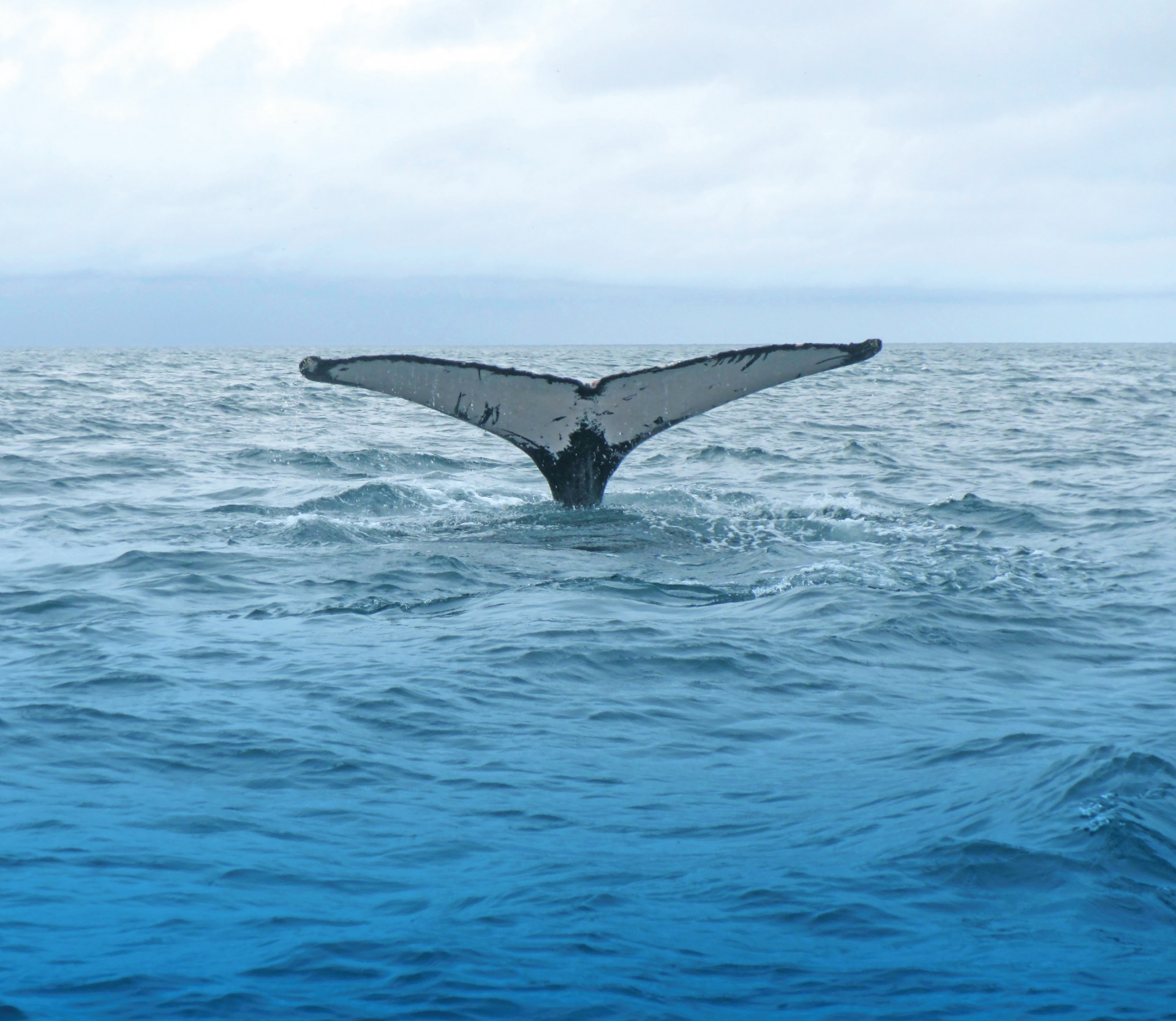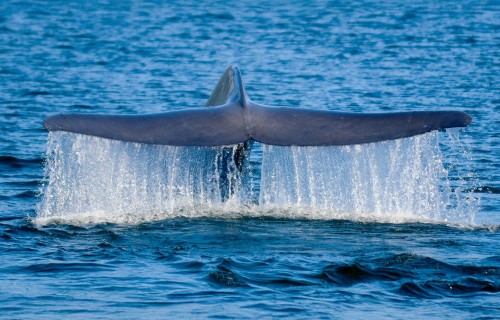Smithsonian science helps understand blue whale migratory and foraging patterns to inform conservation strategies
Compliance
Have vessels cooperated with whale conservation efforts in the Gulf of Panama?
Gulf of Panama
Several years after the International Maritime Organization adopted Traffic Separation Schemes to reduce the risk of collision between vessels and migratory whales in the Gulf of Panama, scientists assessed whether these conservation management actions are being effective
After the International Maritime Organization (IMO) adopted a series of Traffic Separation Schemes (TSS) in 2014, aimed at reducing the overlap areas between vessels entering the Panama Canal and migratory humpback whales, the number of collisions was expected to decrease by over 90%. As conservation management actions are only effective if carried out thoroughly, scientists at the Smithsonian Tropical Research Institute (STRI) and collaborating institutions analyzed vessel compliance levels with the new regulations.
Ship strikes represent among the most serious human threats to whale populations, with an increased lethality risk during collisions with larger and faster-moving vessels. In the Gulf of Panama, the high levels of shipping traffic at the entrance of the Canal often converge with the arrival of calving and breeding humpback whales that migrate from northern and southern latitudes during their winter season. Between 2009 and 2011, this overlap resulted in 13 reports of fatal whale-vessel collisions.
“Our research initially supported the Panamanian government’s request to the International Maritime Organization (IMO) to organize shipping traffic,” said STRI staff scientist and main author of the study, Hector M. Guzman. “Now, our science evaluates compliance levels with the routing measures adopted by the IMO in 2014.”
The Gulf of Panama traffic separation schemes, adopted by the International Maritime Organization and implemented in Panama in 2014, considerably decreased the interaction between ships and migratory whales, reducing the risk of collisions and deaths.
Credit: Anne Gordon
To assess compliance with the new IMO traffic separation schemes, and recommended speed limits during whale migration season, the research team gathered data from the vessels’ automatic identification systems (AIS) —which track the ship’s position, speed and heading remotely— from 2014 to 2016. They found that most vessels adhered to the TSS during both years, with higher compliance rates for cargo and tanker vessels.
Even though these TSS have reduced the possibility of whale-vessel encounters and deaths, continued monitoring of operators’ compliance with regulations and reporting of whale injuries and mortality related to ship strikes is crucial for assessing the effectiveness of conservation measures. Between 2017 and 2019, for instance, eight large whales were reported dead, a 38% decrease from reports between 2009 and 2011.
“The Gulf of Panama Traffic Separation Schemes, implemented in 2014, decreased considerably the interaction between ships and cetaceans,” said Fernando Jaen, Panama Canal Authority captain and co-designer of the routing systems.
They also noted that compliance with the recommended seasonal speed limit for ships transiting the TSS could be improved. Although it is not a mandatory regulation, it is a proven factor in alleviating the risk of fatal vessel strikes. Shipping companies could anticipate these speed restrictions and compensate for any lost time by increasing their speed in non-restricted areas along the route.
“Our study is the first to evaluate the measures to mitigate the risk of whale-vessel strikes after their implementation in the Gulf of Panama,” said Stefanie Kaiser, a marine biologist at the University of Lodz and co-author of the study. “It is positive that most vessels comply with the Traffic Separation Schemes, but by increasing compliance with the speed restrictions we’ll be able to protect humpback whales in the area more effectively.”
Ongoing monitoring of compliance with these science-based policies and recommendations, as well as enhanced communication with mariners, through the continued support of the Panamanian maritime sector and conservation authorities, could lead to both safe and cost-effective shipping and the achievement of conservation goals.













